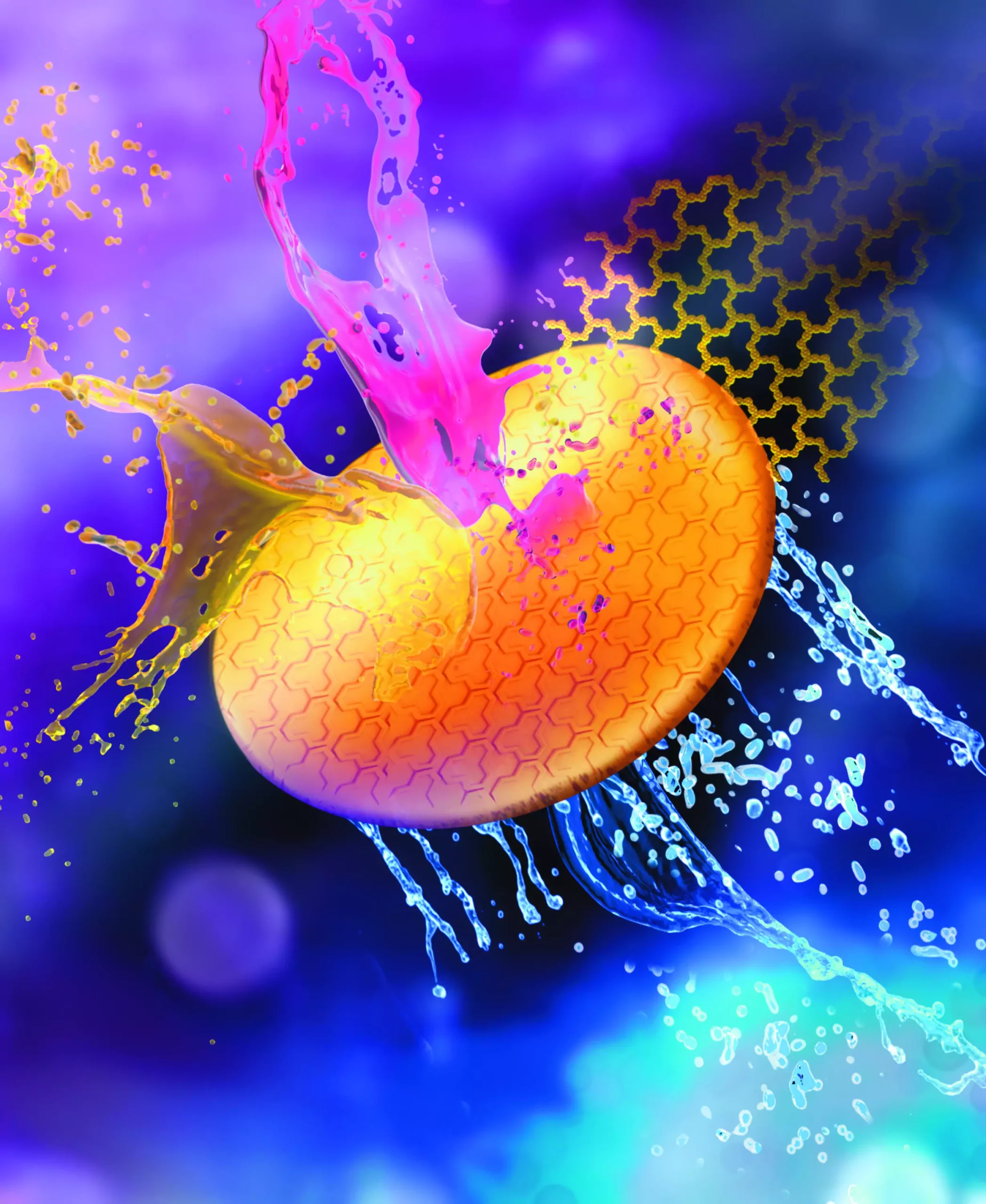Researchers at NYU Abu Dhabi (NYUAD) have made a significant advancement in water purification technology through the development of a cutting-edge dual-faced membrane that utilizes microwave-assisted synthesis. This new methodology allows for the rapid production of covalent organic framework (COF) membranes in just a few minutes, establishing it as one of the quickest techniques available for creating these advanced filtration systems. As water scarcity increasingly becomes a global crisis, the importance of efficient wastewater treatment solutions cannot be overstated. This innovative research addresses critical environmental challenges by enhancing water filtration processes tailored to target specific contaminants.
The dual-faced nature of the membrane is particularly noteworthy. One side exhibits superhydrophilic properties, while the other is nearly hydrophobic. This unique configuration affords the membrane the ability to effectively remove a diverse range of pollutants, including oil and dyes, from contaminated water sources. Additionally, this innovative design not only streamlines the filtration process but also imparts strong antibacterial characteristics to the membrane, ensuring its long-term functionality and effectiveness. This multifaceted utility addresses both the need for high-performance filtration and the increasing demand for sustainable water reuse practices.
The team’s synthesis method is distinguished by its microwave-mediated approach conducted at the liquid-water vapor interface. This key feature grants researchers unprecedented control over the size, thickness, and surface characteristics of the membranes while eliminating the need for additional modifications post-production. Farah Benyettou, one of the study’s lead researchers, emphasized the significance of this fine-tuning capability, stating that it allows scientists to customize the membranes specifically for different types of pollutants. As such, this quantum leap in membrane design could drastically improve both the efficiency and speed of water purification processes.
The performance metrics of these COF membranes are impressive, particularly in their superior ability to filter oil from oil-in-water mixtures. The membranes boast exceptional water flow rates due to their multilayered structures and consistent pore size, which significantly enhances the ease of water filtration. Moreover, they demonstrate resilience against organic fouling—a common issue faced by traditional polymer membranes. This breakthrough indicates that the newly developed COF membranes may provide a more reliable and effective solution for the numerous water filtration systems currently deployed worldwide.
As highlighted by Ali Trabolsi, the leading professor of chemistry behind this study, the synthesis methods established by the NYUAD team not only simplify production but also enhance the membranes’ separation capabilities. This innovation presents a promising avenue toward addressing some of the most pressing water purification challenges that affect millions globally. With ongoing research, the NYUAD team is poised to reshape the landscape of water filtration technology—a crucial step in safeguarding our water resources amid increasing environmental pressures. The implications of such work are vast, paving the way for future advancements that were once thought unattainable in the quest for sustainable water management solutions.

